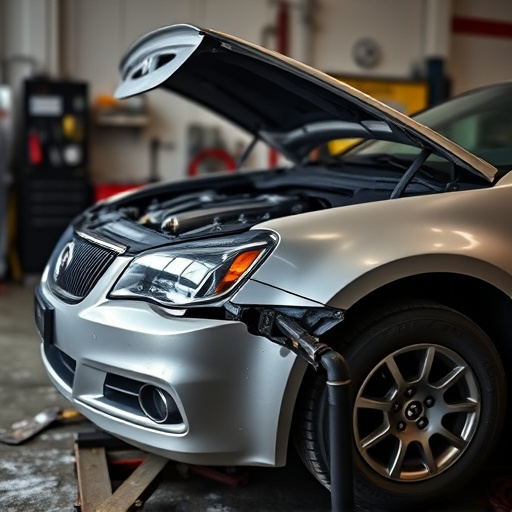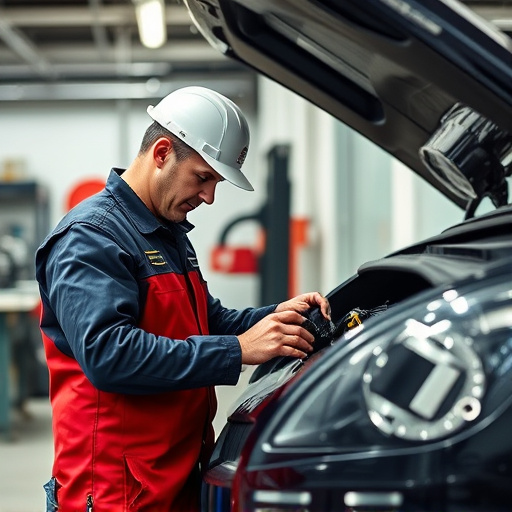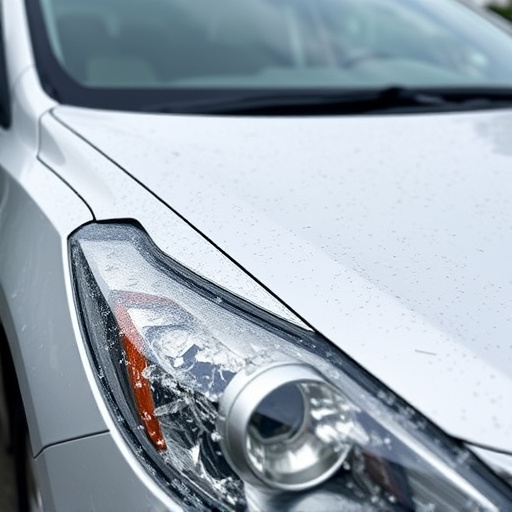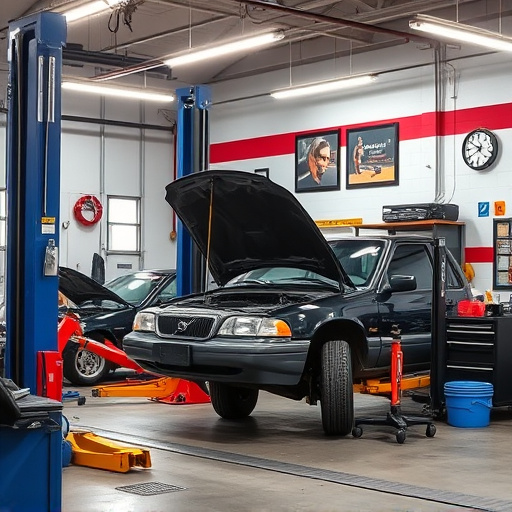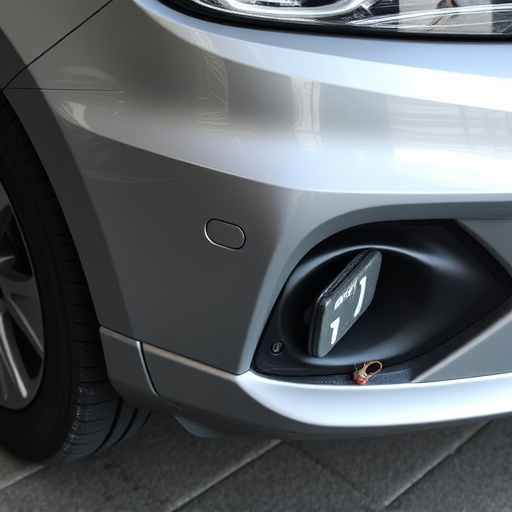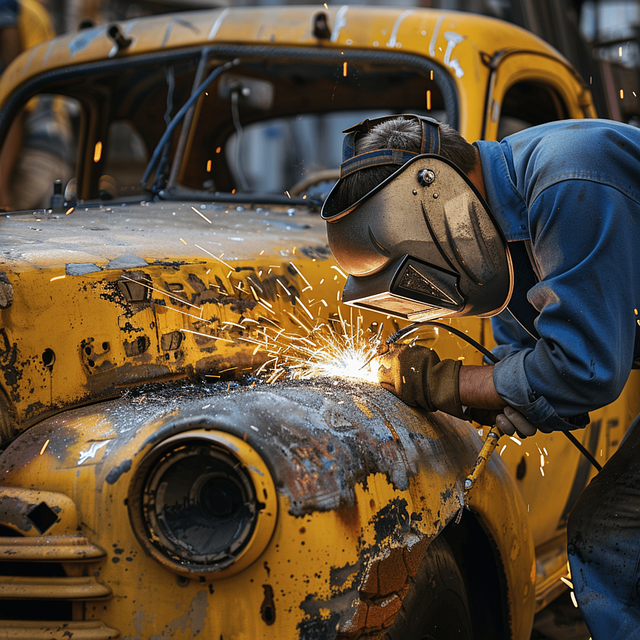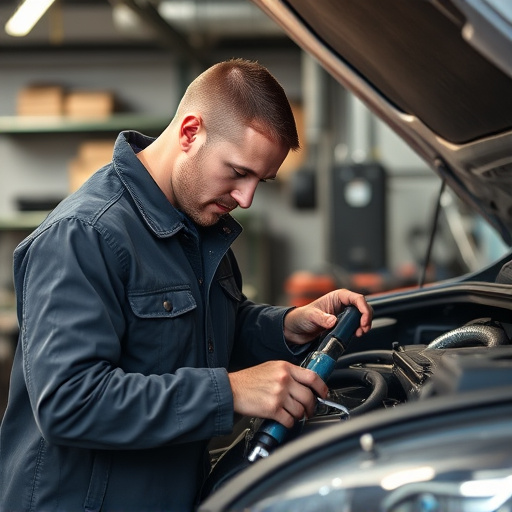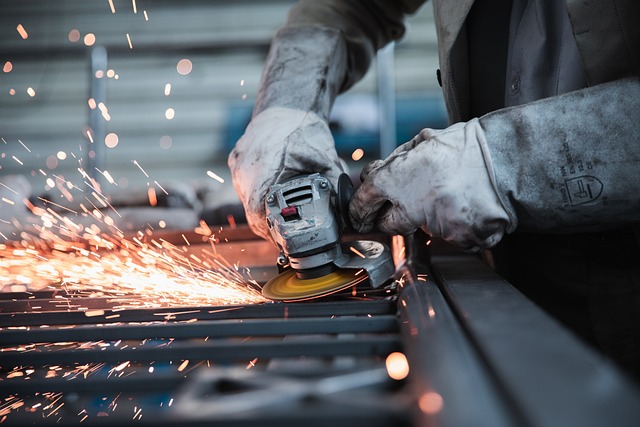Solvent-based auto paint is a popular choice for car repairs due to its ability to match original paint perfectly, but it has drawbacks like slow drying time and VOC emissions. While effective for minor damages, it may not be ideal for extensive restoration. Alternatives include water-based paints, which are eco-friendly, quick-drying, and suitable for smaller jobs, maintaining the original look without harsh fumes. Professionals should carefully assess project needs before selecting solvent-based paint.
“Considering a DIY car repair or restoration project? Understanding when to steer clear of solvent-based auto paint is key for successful outcomes. This comprehensive guide explores the properties and limitations of solvent-based paints, shedding light on scenarios where they may not be the best fit. From environmental concerns to specific repair types, we’ll navigate when to choose alternatives like water-based paints, offering effective solutions for your automotive needs.”
- Understanding Solvent-Based Auto Paint: Properties and Limitations
- When is Solvent-Based Paint Not the Ideal Choice?
- Alternative Options for Effective Repairs: Water-Based Paints and Beyond
Understanding Solvent-Based Auto Paint: Properties and Limitations

Solvent-based auto paint is a common choice for many vehicle repairs, known for its ability to match the original car paint perfectly. However, understanding its properties and limitations is crucial when deciding on car paint repair. This type of paint relies on solvents to achieve and maintain its flexibility and durability. While effective for minor scuffs and scratches, it may not be suitable for more extensive car damage repair or restoration projects. Solvents evaporate as the paint dries, leaving behind a strong odor and potentially volatile chemicals that can be harmful if not handled properly.
In terms of application, solvent-based auto paint is typically easy to work with, offering a smooth finish when applied correctly. However, its limitations include slower drying times compared to water-based paints, requiring more patience during the repair process. Moreover, proper ventilation is essential due to the release of volatile organic compounds (VOCs) during application and drying. Despite these drawbacks, for small touch-up jobs or specific cosmetic repairs, solvent-based car paint can provide a long-lasting, high-quality finish, ensuring your vehicle’s exterior looks as good as new.
When is Solvent-Based Paint Not the Ideal Choice?

When it comes to choosing the right paint for auto repairs, particularly in fender repair or auto frame repair scenarios, selecting the wrong type can lead to subpar results and long-term issues. Solvent-based auto paint, while popular due to its traditional use and availability, may not be the ideal choice for all cases. One significant drawback is its volatility; these paints rely on solvents to achieve a smooth finish, but these chemicals can be harsh and pose health risks if not used properly, especially in confined spaces.
Additionally, solvent-based paint is more susceptible to yellowing over time, particularly when exposed to UV light, which can compromise the aesthetics of the repair job. In scenarios where a durable, long-lasting finish is required, such as for high-visibility parts or areas prone to quick changes in temperature and humidity, alternative paint options may be more suitable. Considering these factors, professionals should carefully assess the project’s needs before opting for solvent-based auto paint.
Alternative Options for Effective Repairs: Water-Based Paints and Beyond

When considering repairs for your vehicle, especially in cases where the damage is localized or minor, it’s crucial to explore alternatives to traditional solvent-based auto paint. These paints, while effective for extensive repairs, can be harsh on both the environment and specific vehicle finishes, particularly in the case of luxury brands like Mercedes Benz.
Water-based paints offer a more sustainable and sometimes even superior solution for smaller jobs. They are not only eco-friendly but also quick-drying and easy to apply, making them ideal for tire services or minor body repairs. This method is especially beneficial for maintaining the original look and feel of your vehicle, as it requires less aggressive preparation and doesn’t leave behind strong fumes.
While solvent-based auto paint has its advantages, understanding its limitations is key. In certain repairs, especially where environmental factors or specific material interactions are concerns, water-based paints and alternative options offer more sustainable and effective solutions. By recognizing when to avoid solvent-based paint, automotive professionals can ensure long-lasting, high-quality repairs that meet modern standards.
